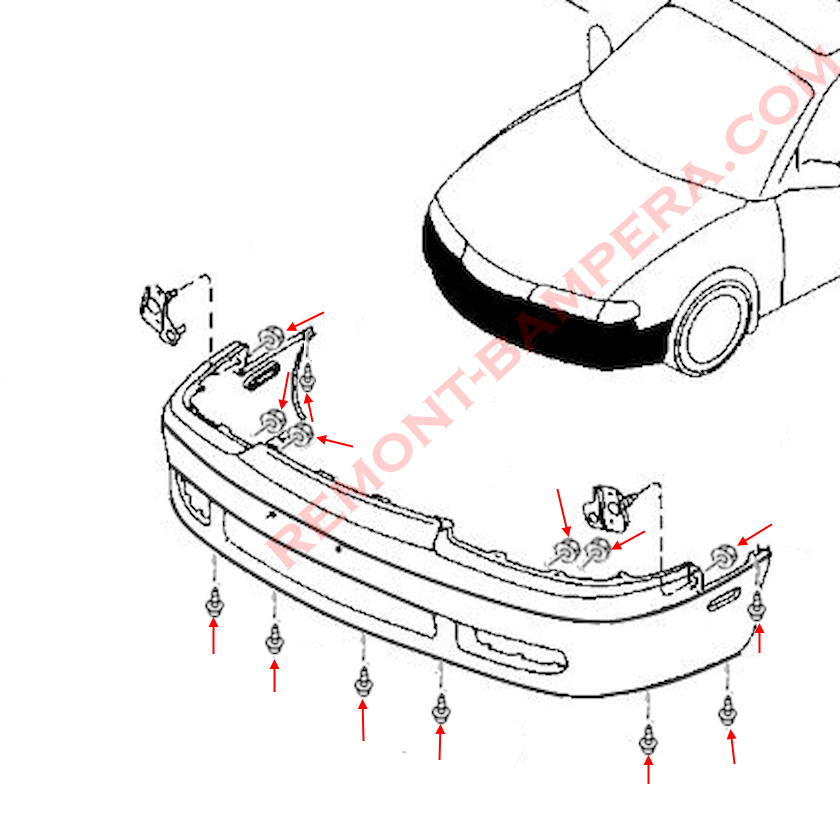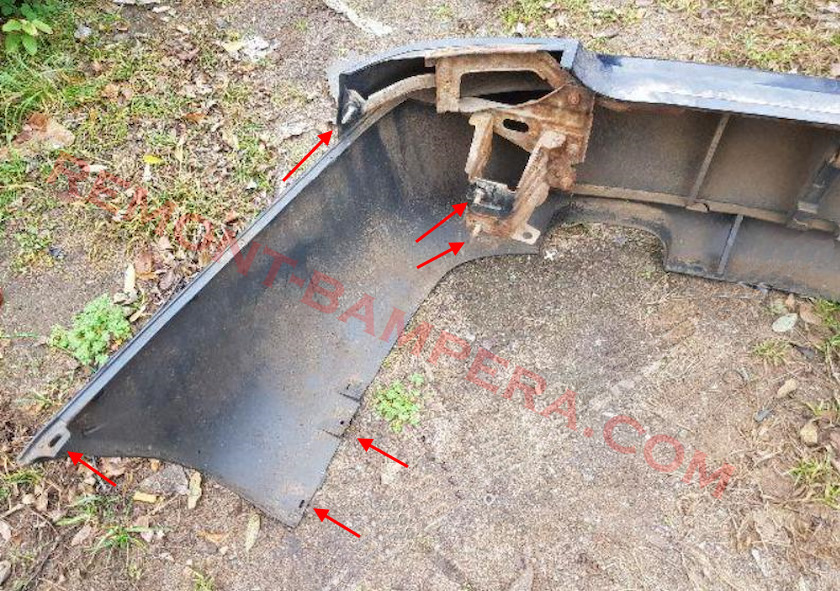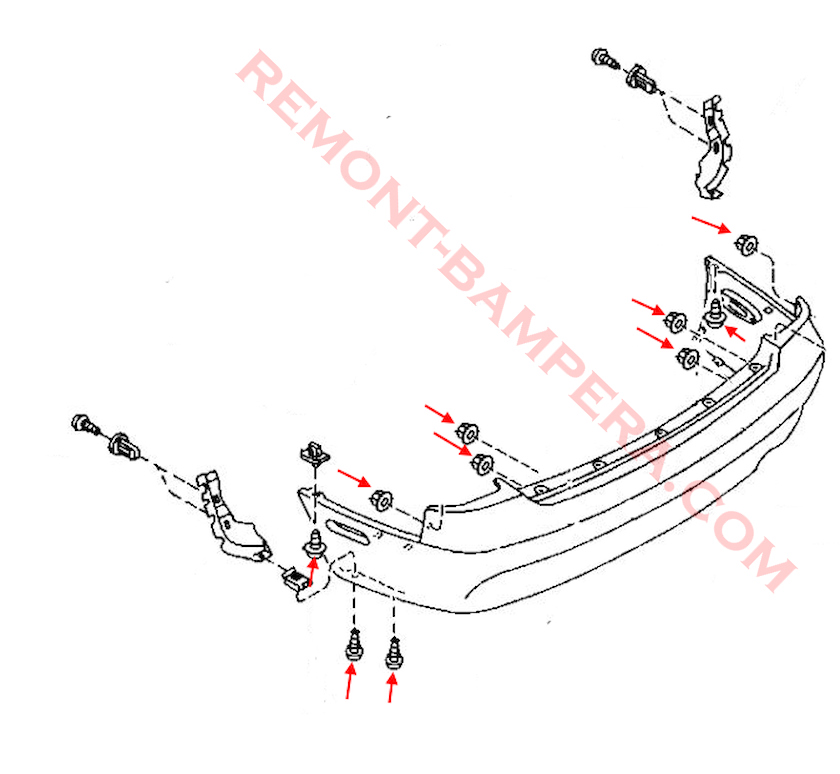Production Years and Model Code
The Mazda 626 GE is the fourth generation of the 626 model, produced from 1992 to 1997. In some regions, such as Japan, production ended in 1998. The body code for the sedan is GE, while for the station wagon, it's GW. This generation is also known internally as the Capella (the name used for the 626 in the Japanese market).
Body Types and Modifications
The Mazda 626 GE was offered in three body styles:
- 4-door sedan – the most common version;
- 5-door hatchback – less popular but more practical;
- 5-door station wagon (Mazda 626 Estate) – produced in limited quantities, mainly for the European market.
Engines and Transmissions
The model was equipped with a wide range of gasoline and diesel engines, depending on the market:
Gasoline:
- 1.8 L FP-DE (115 hp) – base engine for Europe;
- 2.0 L FS-DE (130–140 hp) – the most common option;
- 2.5 L KL-DE V6 (164–170 hp) – top-end version, available in the U.S. and Japan.
Diesel:
- 2.0 L RF turbo diesel (90 hp) – offered in Europe.
Transmissions included a 5-speed manual and a 4-speed automatic.
How to Remove the Front Bumper
- Eight screws on the underside. They are screwed upward from below and secure the lower part of the front bumper.
- One screw on each side in the wheel arches. They are screwed upward from below and secure the corners to the fenders.
- One nut on each side, which secure the sides to the fenders from the inside. To remove them, you'll need a long ratchet with a socket.
- Now for the hardest part. You need to remove four nuts that are screwed from the engine bay side and secure the bumper reinforcement brackets to the body.
- When removing, don’t forget to disconnect the power connectors for the running lights.


How to Remove the Rear Bumper
- Open the trunk lid and remove the trunk linings.
- Inside the fenders, unscrew one nut on each side.
- Remove four nuts that secure the bumper brackets to the rear trunk panel.
- In the wheel arches, remove one screw on each side, which secure the corners to the fenders.
- Finally, remove the screws on the underside, which are screwed upward from below.
- With an assistant, pull the bumper backward to remove it, being careful not to scratch the fenders' paint with the studs.


Model Description
The Mazda 626 GE featured a refreshed 90s-style design: smooth lines, integrated bumpers, and improved aerodynamics. The interior used high-quality materials, and the ergonomics were top-notch for its time.
Technical Features:
- Front suspension – MacPherson strut type;
- Rear suspension – multi-link (in some versions, torsion beam);
- Improved sound insulation compared to the previous generation (GD);
- In top trims: power windows, air conditioning, sunroof.
Interesting Facts
- Shared Platform with Ford – The Mazda 626 GE partially used Ford engineering, as the companies collaborated in the 90s. For example, some components of the GW station wagon were similar to the Ford Mondeo.
- Sporty Mazda MX-6 Version – Based on the 626 GE, the Mazda MX-6 coupe with a 2.5 L V6 engine was positioned as a sportier alternative.
- Success in Europe – In the mid-90s, the Mazda 626 GE was one of the most reliable Japanese models in its class, competing with the Honda Accord and Toyota Camry.
- Rare Station Wagon – The Estate (GW) version is now considered a collector's item due to limited production numbers.
- Safety – In 1994, the Mazda 626 GE passed Euro NCAP crash tests with good results for its era.
Conclusion
The Mazda 626 GE (1992–1997) is a well-balanced sedan and hatchback, combining reliability, comfort, and good performance. Thanks to its variety of configurations, the model was popular in many countries. Today, it remains a favorite among enthusiasts of classic 90s Japanese cars.

 English
English  Italiano
Italiano  Français
Français  русский
русский  Deutsch
Deutsch  Español
Español